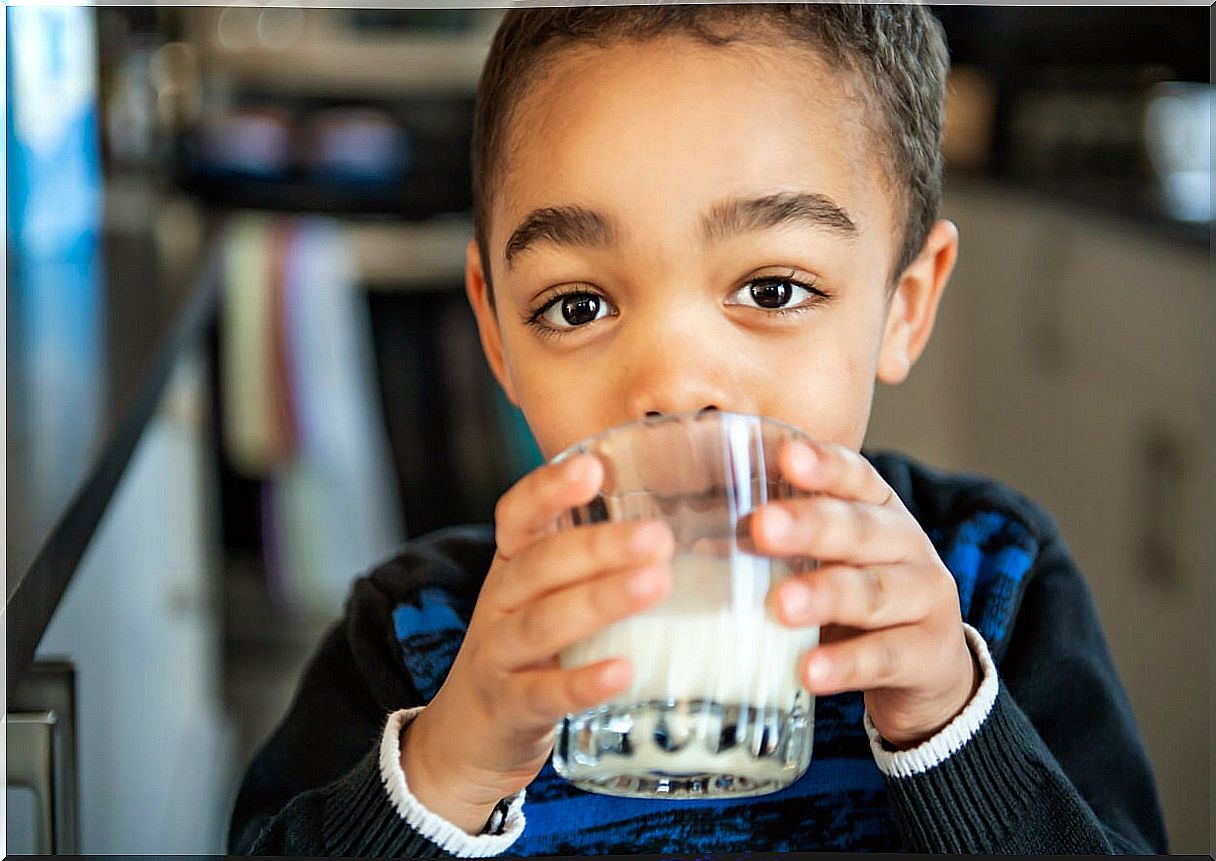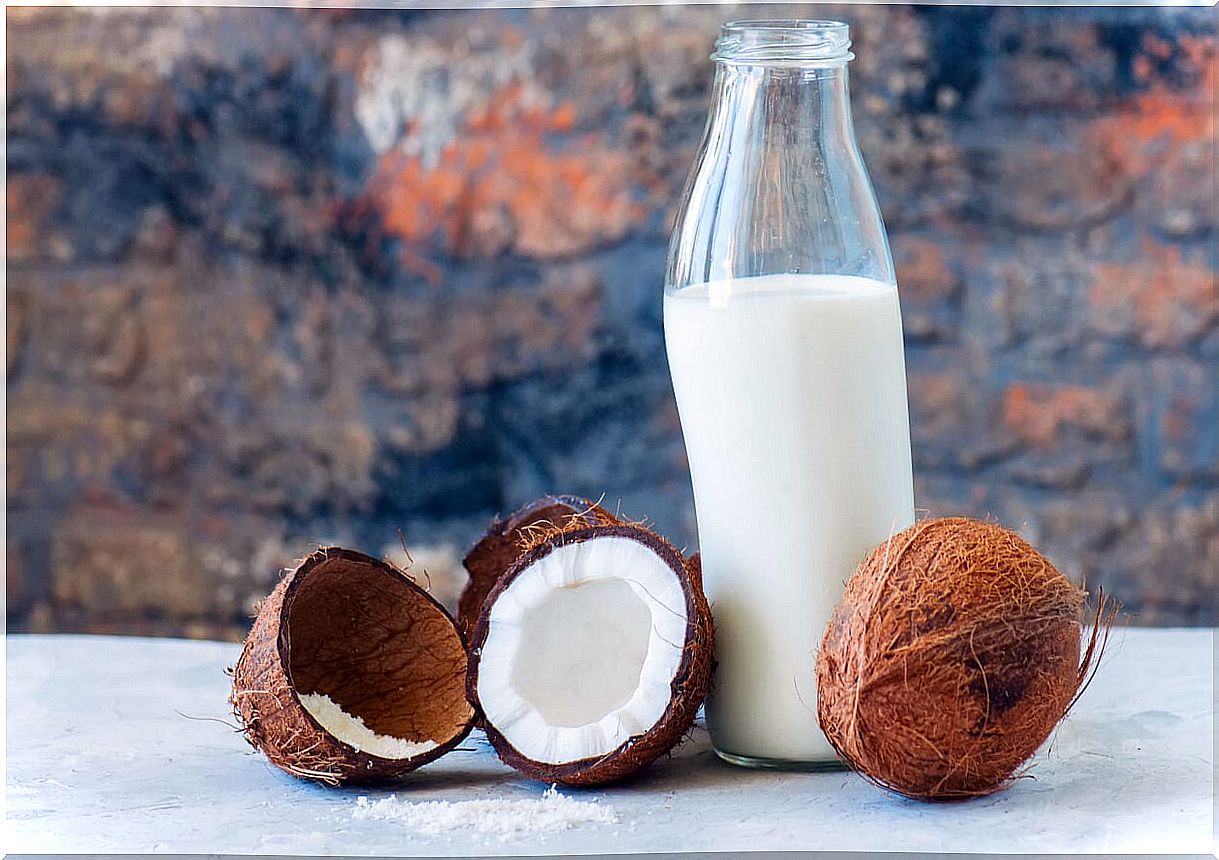How Much Milk Should Children Drink According To Their Age

One of the most frequent questions regarding infant nutrition has to do with how much milk children should drink according to their age. This food is one of the most complete for babies, but it is important to administer it in optimal doses so that nutritional requirements are met.
Experiencing a nutrient deficit could be counterproductive for the development and growth of the little ones. In the same way, establishing a hypercaloric diet could condition the development of a state of overweight, something not recommended for health in the medium term.
The amount of milk according to the age of the child
During the first 3 years of life it is recommended that the child consume around half a liter of milk a day. Thus, the calcium requirements are covered, which are around 800 milligrams per day. It should be borne in mind that this mineral is essential for the maintenance of good bone health, according to a study published in Nutrients .

From 3 years of age, it is optimal to consume at least a couple of servings of dairy products a day. For this, you can alternate milk and yogurt, in addition to cheese. Even other fermented foods, such as kefir, can be included in this group. They manage to provide a good amount of probiotics, live bacteria beneficial for intestinal health.
The child must be given whole milk
As a general rule, the milk that should be given to children (but also to adults) must be whole. If the fat is removed from the food, a large amount of essential fat-soluble vitamins, such as A and D, are lost. In addition, many of the dairy products found on the market are fortified with vitamin D, so their nutritional density is reduced increases.
The fat in milk, despite being of the saturated type, is considered healthy. This is because it has a cis configuration at the molecular level. Only trans fatty acids are harmful to health, as evidenced by research published in the journal Diabetes & Metabolic Syndrome .
Solutions for allergies and intolerances
In case the child has an allergy to cow’s milk proteins, breastfeeding will be the best alternative whenever possible. In addition, there are a series of special hydrolyzed milks for this class of babies, since milk proteins are broken down, preventing them from causing damage to the hypersensitive organism.
However, it is important to note that cow’s milk protein allergy is likely to resolve spontaneously over the years. Different is the case of lactose intolerance.
In this situation it is the milk sugar that causes damage. The ailment is associated with stomach problems and diarrhea. Thus, milk tends to feel bad, but not dairy products such as yogurt, since they have less carbohydrate. Offering a variety of lactose-free milk can be an effective solution to the problem.
Be careful with the amount of whole milk that is given to children
Despite being a beneficial food, keep in mind that whole milk is a very energetic drink. If consumed in excess, it could generate a hypercaloric context that could lead to weight gain.
Any situation of overweight or obesity is contraindicated in children, so it is necessary to adjust to the daily energy needs. For this reason, it is not advisable to exceed the previously mentioned daily contribution. That is why it is necessary to take into account how much milk children should drink according to their age.

Milk in children, a healthy food
As you have seen, the intake of whole milk is recommended in children. Around half a liter of milk a day would be optimal during the early stages of life, followed by a couple of servings of dairy a day. However, consumption may increase in adults in sports or increased needs contexts.
However, it must be borne in mind that when consuming milk it is always optimal to choose the whole variety. The nutritional density of this product is higher, as well as its energy content. It has more vitamins than the skimmed or semi versions. We hope we have resolved your doubts regarding the amount of milk that children should drink according to their age.










